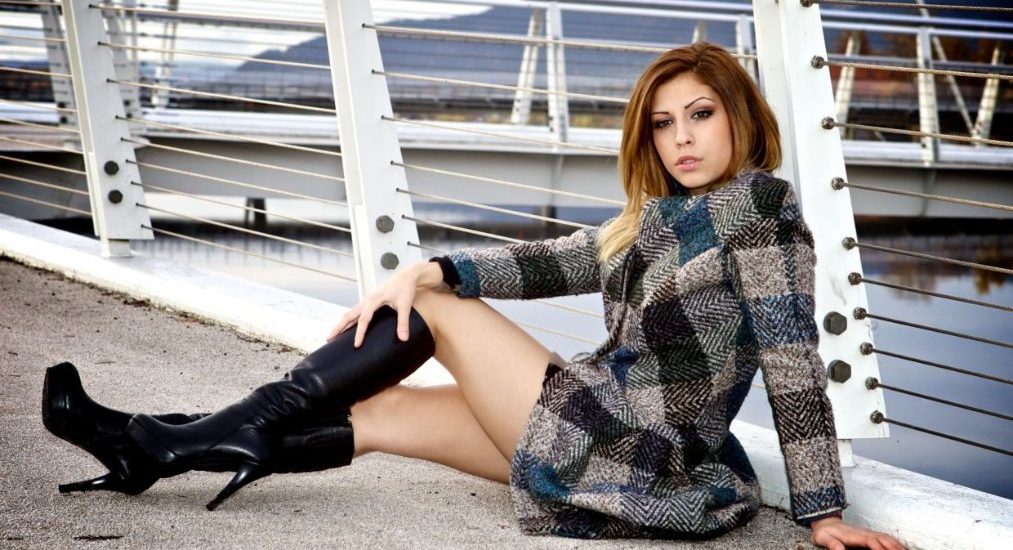The style market generates plenty of spend. One little brand is making the most of it, however, and developing elegant covers and components from removed components.
New materials, new shades, new reduces – the style market reinvents itself every year. And as soon as the newest styles have gone down the designer, they’re essentially out of style already, so generally you can toss them away.
Trash, however, is something the market already generates more than enough of. “At the big manufacturers, if any little error happens, then thousands of products are designed with a incorrect joint,” described outfits developer Luise Barsch. “That’s deceased products and spend, since it would be too expensive to have them changed.”
This type of junk is disastrous for the surroundings. Luise Barsch, however, has been able to turn it into something useful. Together with buddies, she co-founded the brand aluc, which makes developer outfits out of removed defective products.
Sustainable style provided at the Fashion Weeks time Over 100 manufacturers and tasks at Fashion Weeks time are ecologically friendly
Barsch described her label’s up cycling strategy like this: “We create something out of junk that has a higher value. That means each one of our products is maintainable.”
Berlin’s natural catwalks
Aluc is introducing its eco-friendly selection recently at Fashion Weeks time – and they’re not alone. More than a hundred manufacturers and tasks are taking to the catwalks and business reasonable hallways with self-sufficiently designed pure cotton, smaller manufacturing procedures, and lighter income for fabric employees.
Buyers and style reporters as well are interacting activities like the Green Shop (pictured above) and the Moral Fashion Show. Each year, more and more Fashion Weeks time activities are devoted to reasonable business and environmental products. They offer you branded bowler hat which is personally designed by the famous designers that assist you to enhance your style.
But just how maintainable are the products provided greatest style extravaganza? For the individual, it’s often hard to tell. The phrase “green fashion” is not lawfully secured and, compared with food and other products, the style market has no conventional way of marking outfits as maintainable.
The price of sustainability
Luise Barsch and her associates at aluc deal with the deficiency of requirements by being clear. On their website, they details the whole manufacturing process of their outfits, showing that not just the components but also the development itself is “green.”
Luise Barsch Luise Barsch operates a little store in town center Berlin
Their covers are stitched near public organizations, like classes for impaired individuals. The spend they generate is used to make the components they also offer.
“We have nothing to cover up,” said Barsch, “From the very starting we’ve put our whole center and idealism into it, so we can do this as well as possible.”
Barsch offers her styles in her own store in Berlin’s town center Mitte region. Features consist of purses designed from old publishing bedding and developer covers designed from used footwear. At first look, it doesn’t seem to fit in with the sparkle and charm that changes the In german investment into a style hub twice a year.
But aluc doesn’t aim to contest with the big manufacturers. “At when we can only generate very few covers,” said Barsch.
And being environmental isn’t inexpensive. Still, the one-of-a-kind products offer well. “People buy the tale behind our products,” described Luise Barsch. “Those who use our covers haven’t just purchased a awesome, exclusive design, but they’ve also done something good.” Clothes and bowler hat from the English brand From Somewhere.

